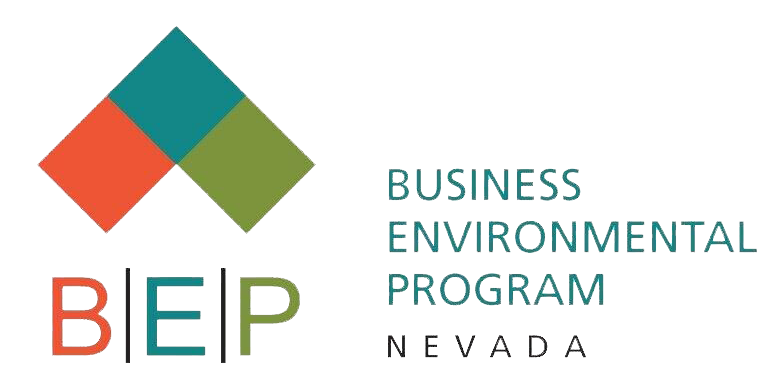What is hazardous waste? Hazardous waste is a material destined for treatment, disposal, or recycling with properties that make it dangerous or potentially harmful to human health or the environment. The material can be liquids, solids, compressed gases, or sludges. They can be the by-products of manufacturing processes, off-spec commercial products, or other discarded articles, materials, or wastes.
Every business is capable of generating hazardous wastes, even retail operations. What are typical hazardous wastes found in businesses?
- Oil based paints, thinners, and varnishes
- Hazardous waste pharmaceuticals
- Flammables such as gasoline and lubricating oil
- Aerosol cans
- Industrial cleaners and polishes used on floor and metal
- Solvents
- Solvent contaminated wipes and rags
- Batteries
- Pesticides
- Lightbulbs and fluorescent tubes
What do I do?
First, if you don’t know anything about hazardous waste call us, we’re here to help you. If you have a basic understanding, remember ALL businesses must perform a waste determination on everything exiting their facility to determine if it is it hazardous or not.
View our factsheet, Identifying Your Hazardous Waste, to get a better understanding of how to evaluate your wastes and determine if they are hazardous. In general, to determine if the waste you have is hazardous, answer these four questions:
- Is it a solid waste?
- A solid waste may be a solid, a liquid, or a gas
- A material is a solid waste if it is “discarded”. If the material is abandoned, disposed of, recycled, or burned/incinerated, then you have solid waste.
- A material must be a solid waste before it can be a hazardous waste.
- Is it exempt or excluded from the hazardous waste definition? Some examples of excluded or exempted wastes are:
- Domestic sewage
- Industrial wastewaters covered under the Clean Air Act
- Irrigation return flows
- Household hazardous waste
- Solvent-contaminated wipes and rags (if managed per the exclusion management rules)
- Is the waste a listed hazardous waste? Your waste is considered hazardous if it appears on one of the four lists published in the Code of Federal Regulations (40 CFR Part 261 Subpart D). There are four different types of listed wastes. Hazardous waste codes for listed wastes include either an “F”, “K”, “P”, or “U” followed by three digits (e.g., F001, K062, U122, P018).
| Hazardous Waste Code | Waste Description |
| F wastes | These listed wastes come from general processes such as cleaning, degreasing metal finishing and manufacturing. |
| K wastes | These listed wastes come from specific industrial processes such as chemical or pesticide production, petroleum refining and metal manufacturing. |
| U wastes: | These listed wastes include old, off-specification or discarded commercial chemicals. For example, if you have a process or lab chemical which has exceeded its shelf life and cannot be used, this chemical may be a U waste. |
| P wastes | Like U wastes, these are also old, off-specification or discarded commercial chemicals. The P wastes are, however, more toxic than U wastes. |
4. If the waste does not appear on one of the hazardous waste lists, it may still be hazardous if it exhibits one or more of the following characteristics:
| Hazardous Characteristic EPA Hazardous Waste Code | Description |
| Ignitability – D001 | The waste has a flash point of less than 140º F (60 º C) or could catch fire under certain circumstances. Examples include solvents, mineral spirits and paint waste. |
| Corrosivity – D002 | The waste is aqueous and has a pH of very low (2 or less) or very high (12.5 or greater). Or, the waste can corrode metal. Examples include acids or alkali cleaning baths and battery acid |
| Reactivity – D003 | The waste is unstable, reacts violently, explodes, or produces toxic vapors under certain conditions. Examples include cyanide or sulfide wastes and peroxides. |
| Toxicity – D004 through D043 | The waste has specific toxic contaminants present in high enough concentrations to be harmful to humans or the environment. The toxic contaminants and their threshold levels are included in the federal hazardous waste regulations. Examples include wastes that contain heavy metals such as mercury or certain chemicals such as MEK or benzene. |
Once you have determined that your business is generating hazardous waste, you will need to determine your generator status by how much hazardous waste you generate.
- Very Small Quantity Generators (VSQGs) generate less than 220 lbs. (100 kg) of hazardous waste per month. This generator status has the fewest requirements.
- Small Quantity Generators (SQGs) generate between 220 and 2,200 lbs. (100 and 1,000 kg) of hazardous waste in a month. This generator status has additional on-site management, transportation, recordkeeping, and reporting requirements.
- Large Quantity Generators (LQGs) generate more than 2,200 lbs. (1,000 kg) of hazardous waste or 1 kg or acutely hazardous waste (P-list) in a month.
Are any of your wastes considered Universal Wastes? If so, these wastes, if managed correctly, will lower the amount of hazardous wastes counted towards your generator status.
Contact BEP to get assistance in determining which wastes may be universal wastes.
Now that you have determined:
- You generate hazardous waste,
- You know what types you generate,
- You know how much you generate and what your generator status is,
You then must manage it according to the regulations for your status.
You can work on lowering the amount of hazardous waste you generate and therefore your status by following pollution prevention practices found on the following pages and in our fact sheets (link to fact sheets)
What happens when a very small quantity generator (VSQG) or small quantity generator (SQG) goes over the limit for their generator status for just a month due to something like a planned clean-out or cleaning up an accidental spill? CLICK HERE to learn more about episodic events.
